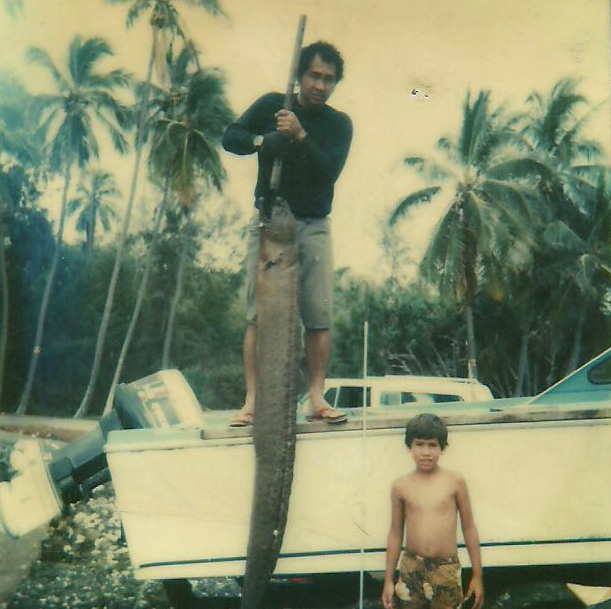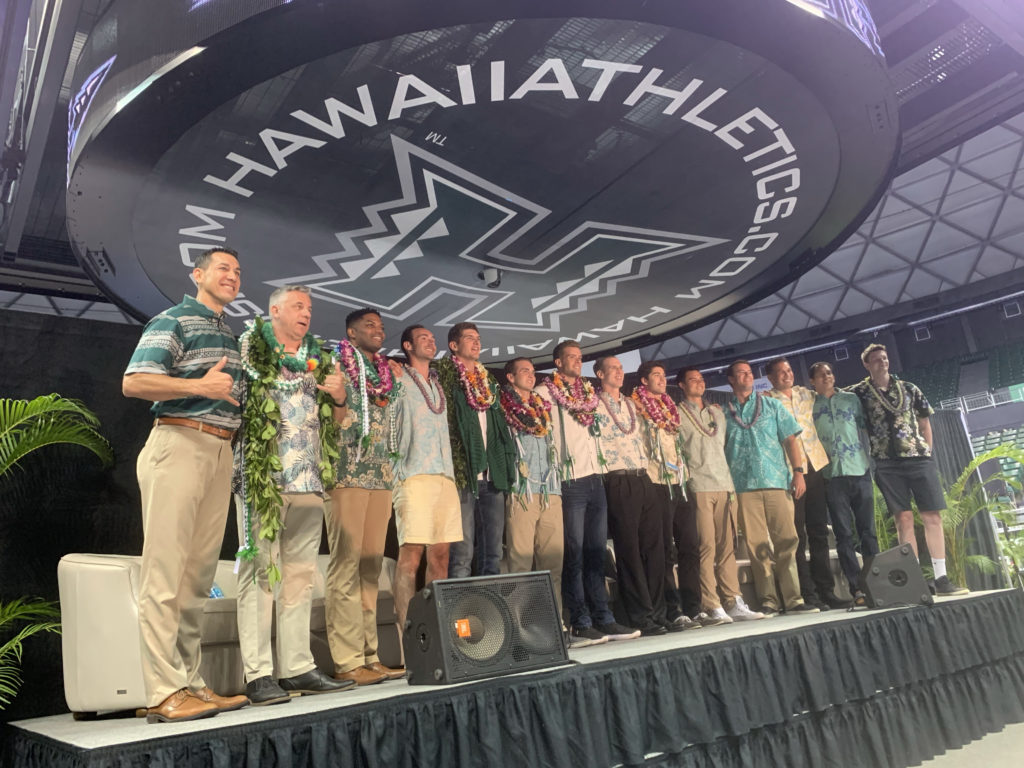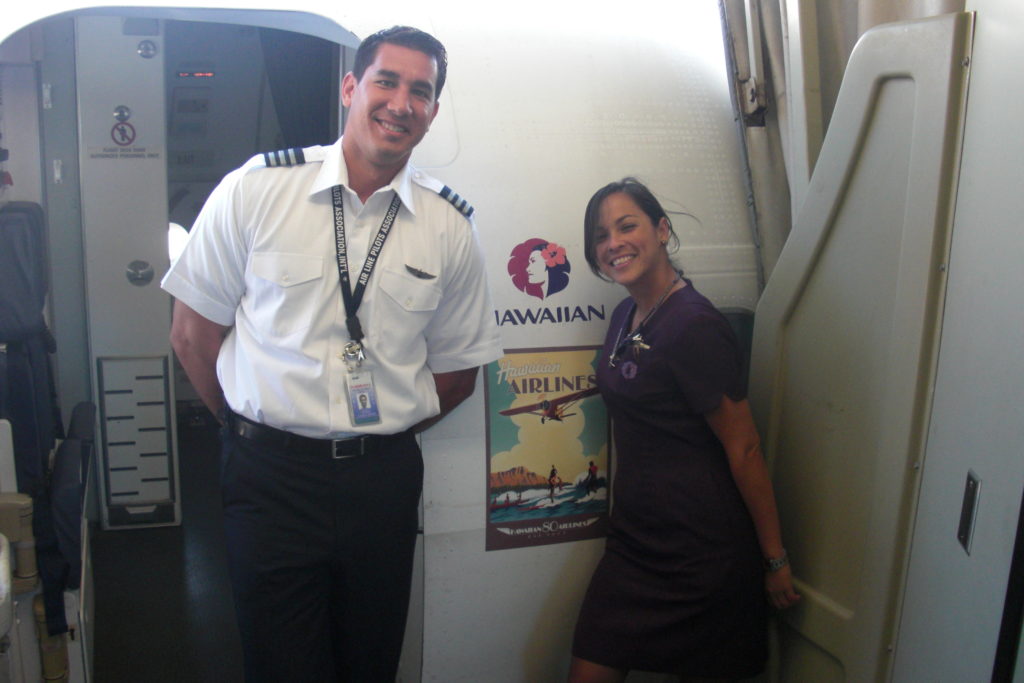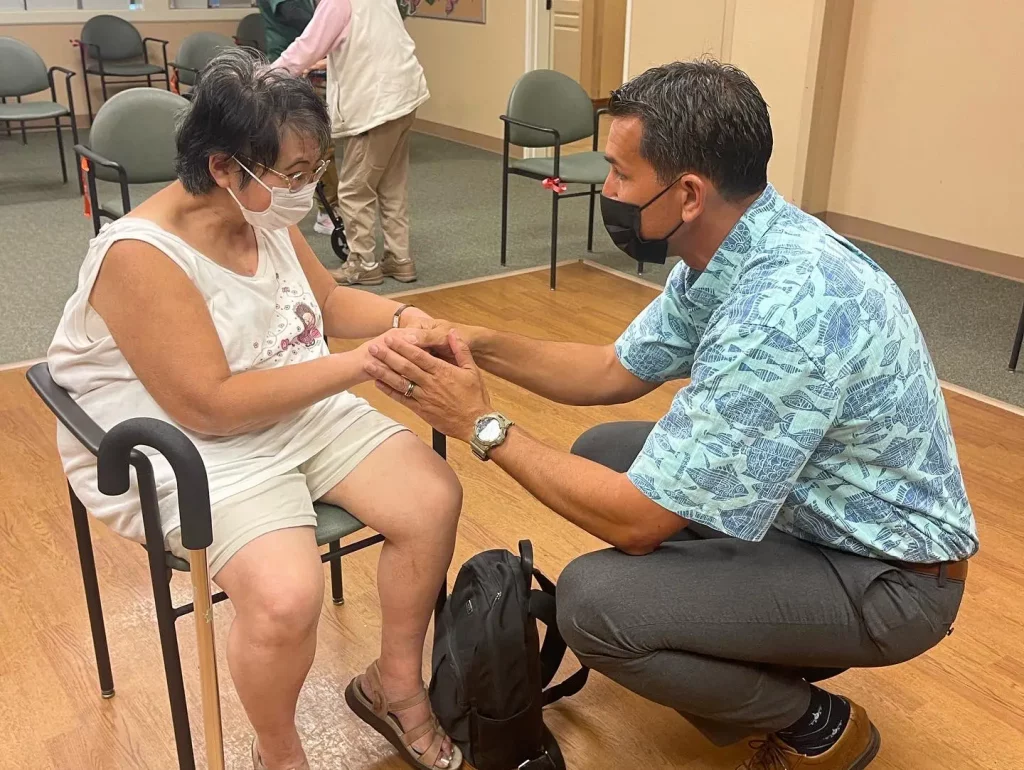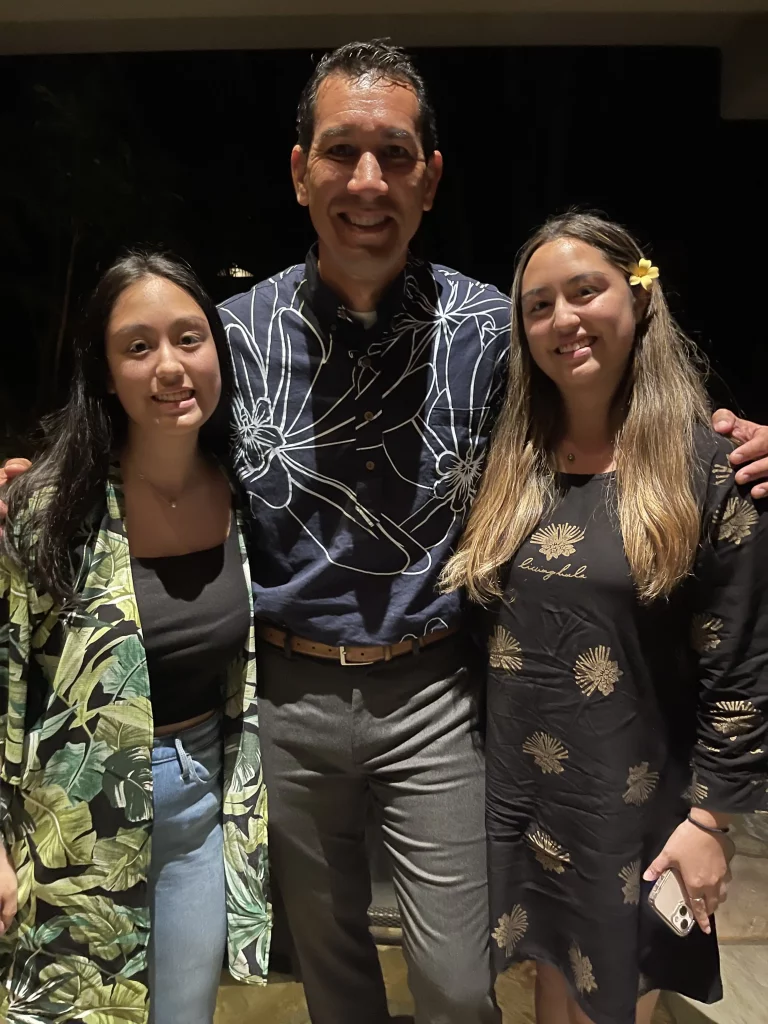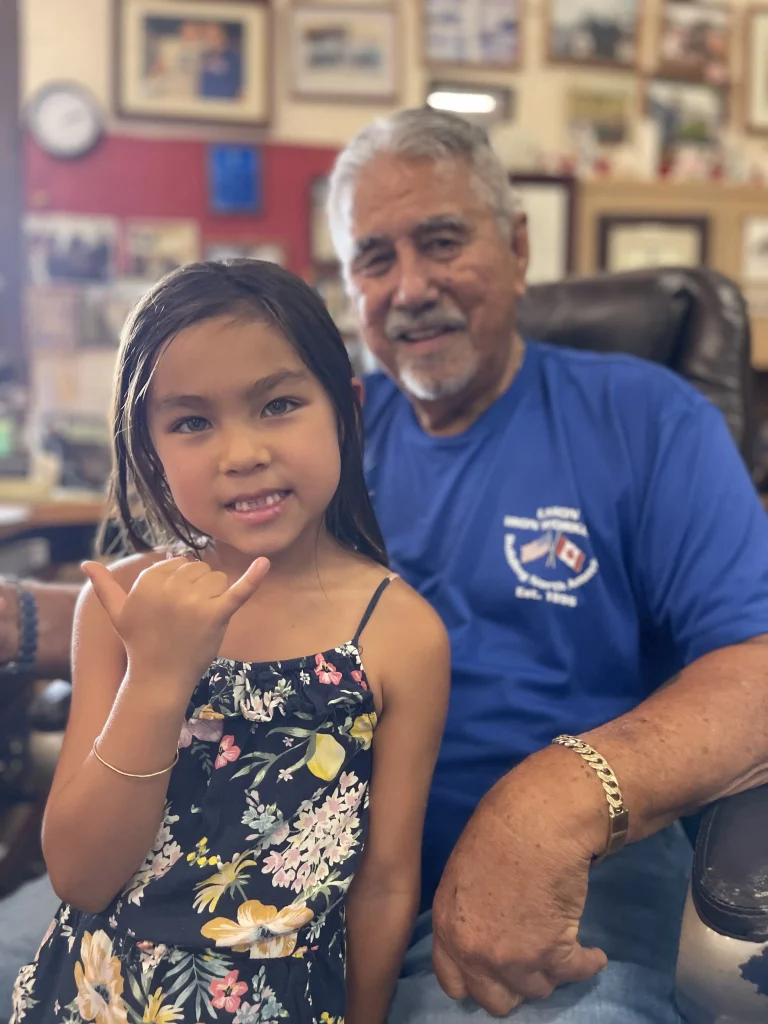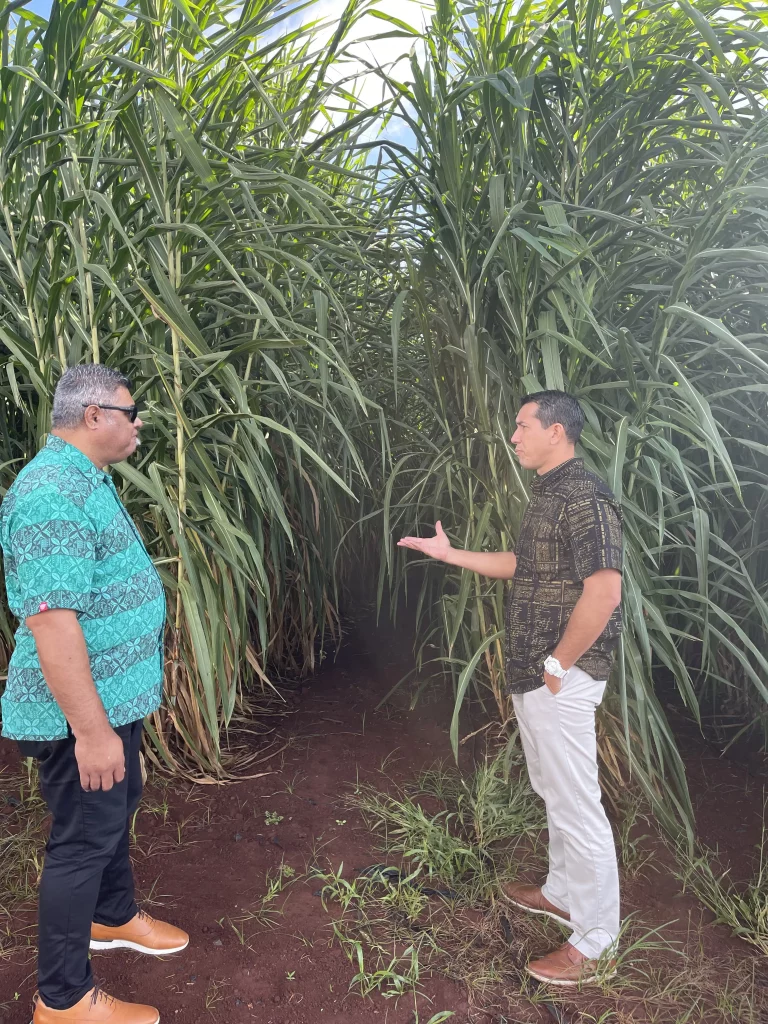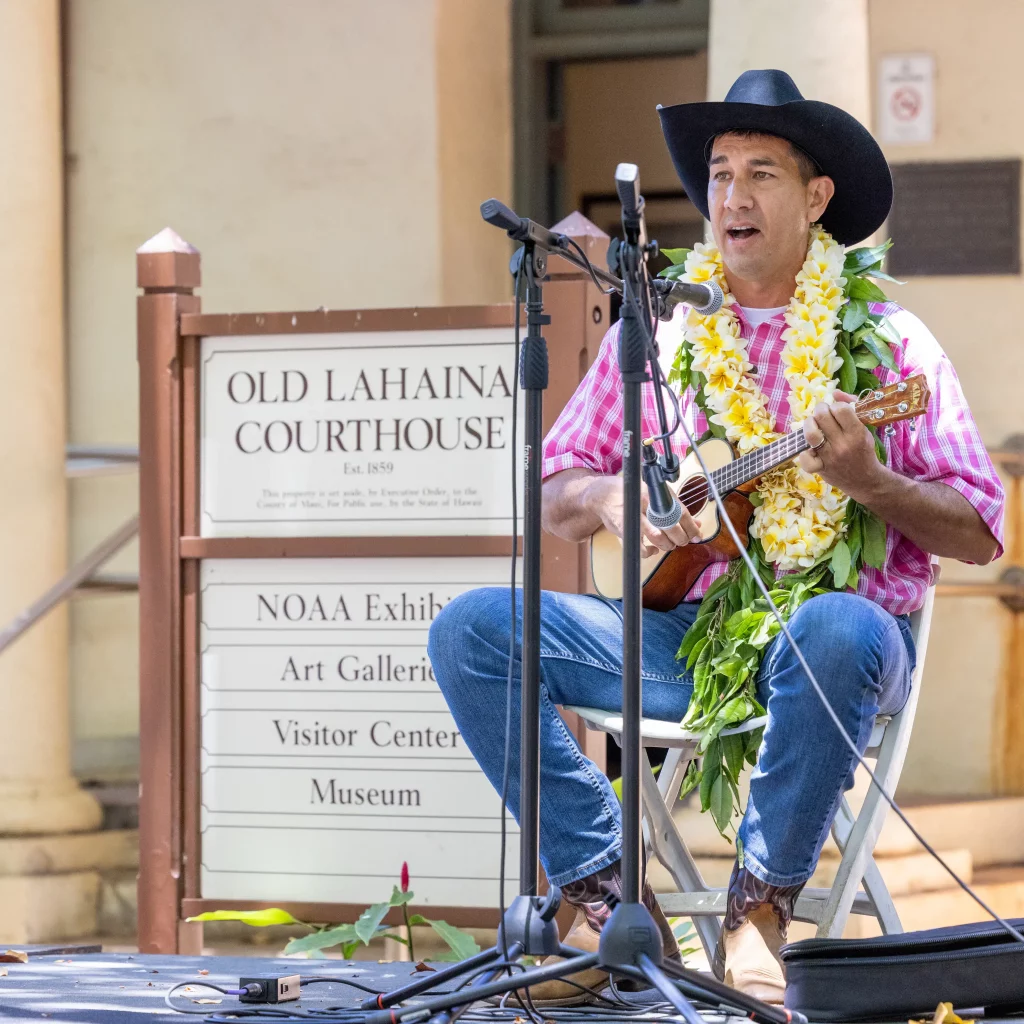Campaign Reform
Our democracy only works when we have a meaningful voice in our electoral process. The ring of wealth, power, and influence across the state has shut out Hawaiʻi’s people from having any say on the direction we are going. How will we ever address the worsening crises that are hurting our local communities if our government remains unaccountable to Hawaiʻi’s people? We need bold, courageous campaign finance reform to break the barriers that keep average voters from steering our state government. This is my 10-point plan to courageously reform our democracy and place it back where it belongs — in the hands of Hawaiʻi’s hard-working people.
The Hawai‘i that could have been and still can be…
The year is 2026, and after four years of the Kahele administration, the State of Hawai‘i has made tangible steps towards solving its biggest challenges. Riding the momentum of a truly grassroots movement, the Kahele administration has changed the course of politics across state and local government. A new style of government is emerging — one which is representative of our local communities and fueled by our working people.
Through the administration’s leadership, the State Legislature has codified into law several critical pieces of legislation that make campaigns and elections fairer. This includes capping carry-over of campaign accounts, banning corporate contributions, reducing the maximum contribution to candidates, term limiting the legislature and supercharging the state’s public financing program. As a result, fresh-minded candidates are making their way into elected office, bringing new ideas and carrying with them a resounding commitment to their constituencies.
The Council for Native Hawaiian Advancement is completing its two year U.S. marketing contract extension after having successfully demonstrated that Native Hawaiians can market Hawaiʻi a different way. Place-based and indigenous tourism management plans ensure that the malihini who come to Hawaiʻi understand how incredibly special our home is. Tourists are encouraged to engage holistically with our local culture, and as a result have an experience of a lifetime. Our hiking trails, beaches, parks, surfing spots, and diving spots are not over capacity, and tourists navigate our sacred, special places respectfully.
The state has leveraged the full extent of the bipartisan infrastructure law, which provided a once-in-a-generation investment in our infrastructure. Not only did Hawai‘i receive $2.8 billion in allocated, formulaic funds, but the state led the charge in applying for competitive grants which brought additional millions. Vocational trade programs have been established at our Youth Challenge, DOE schools and community colleges, creating a thriving workforce. Across the state, our roads, bridges, internet connectivity, water, and wastewater infrastructure have made visible improvements. Not only is the infrastructure new, but it has increased our resiliency to the ever-increasing environmental stressors we feel from climate change.
Through the administration's leadership, we have also made significant strides towards addressing our housing crisis. We have implemented new state and county policies to disincentivize non-occupied vacation homes, established a vacancy tax, implemented a rent stabilization pilot project, and worked with the military to house more of their personnel on base. We have also begun building truly affordable developments on key state lands, aided by the state providing necessary infrastructure. These successes are guided by two broad strategic plans: one for urban Honolulu, and the other for the rest of the state. Instead of a new stadium at Halawa, 10,000 affordable units have broken ground. Importantly, the $600 million for DHHL has been encumbered and spent down thanks to new DHHL leadership which has experience in building and development.
For our keiki, the public education system has already improved. Thanks to the legislature and leadership from the administration, teachers are finally being compensated what they are due. Step-increases are now based on years of service, and increased pay & benefits have addressed the teacher shortage. In addition, the state has added benefits to the profession of teaching which include housing programs and assistance with student loans. As a result, Hawai‘i is recruiting more of its public school teachers from within our own communities. Our educators, the lifeblood of our public school, are being shown the respect they deserve.
And finally, the state is re-negotiating with the United States military on future state lease lands. Following the successful full-scale defueling and decommissioning of Red Hill, the military has recommitted to being a good tenant in Hawai‘i. Mākua Valley & Dillingham Airfield have been returned to the people of Hawai‘i.
But most importantly, the people of Hawai‘i feel that the government is working for them again. A new era has dawned on Hawai‘i, one that is driven by our diverse local communities and looks brightly to our future. We are no longer selling Hawai‘i to the highest bidder, but rather ensuring that our home will be here for our children. The Kahele administration has elevated the voices and concerns of our working families and communities. Finally, we are building the Hawai‘i we were promised.
As published in the Star Advertiser on July 31, 2022.
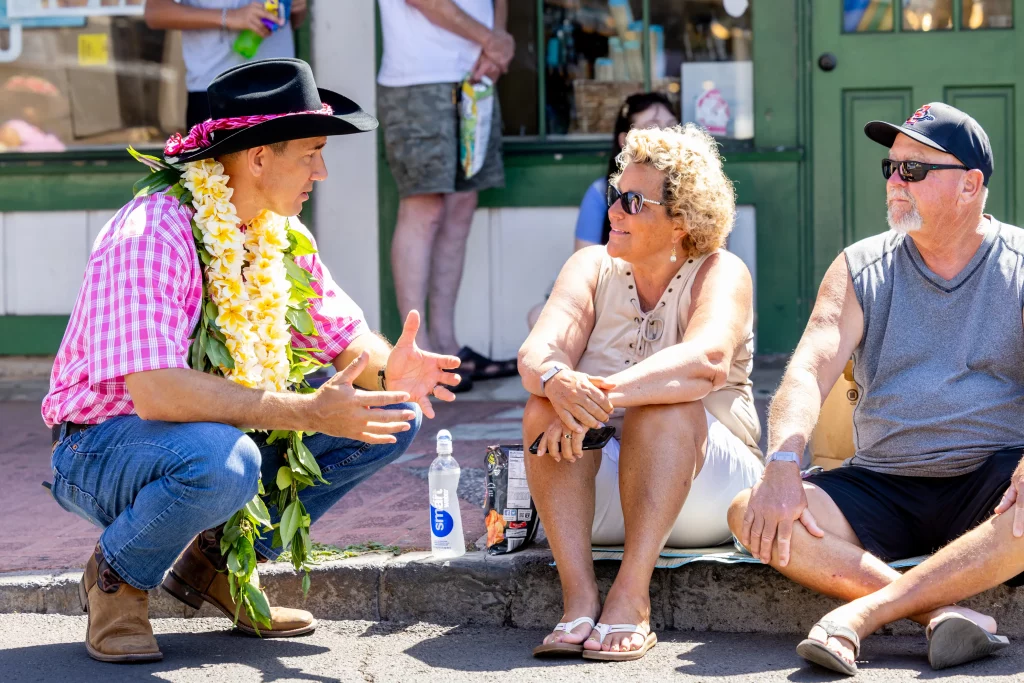
The year is 2026, and after four years of the Kahele administration, the State of Hawai‘i has made tangible steps towards solving its biggest challenges. Riding the momentum of a truly grassroots movement, the Kahele administration has changed the course of politics across state and local government. A new style of government is emerging — one which is representative of our local communities and fueled by our working people.
Through the administration’s leadership, the State Legislature has codified into law several critical pieces of legislation that make campaigns and elections fairer. This includes capping carry-over of campaign accounts, banning corporate contributions, reducing the maximum contribution to candidates, term limiting the legislature and supercharging the state’s public financing program. As a result, fresh-minded candidates are making their way into elected office, bringing new ideas and carrying with them a resounding commitment to their constituencies.
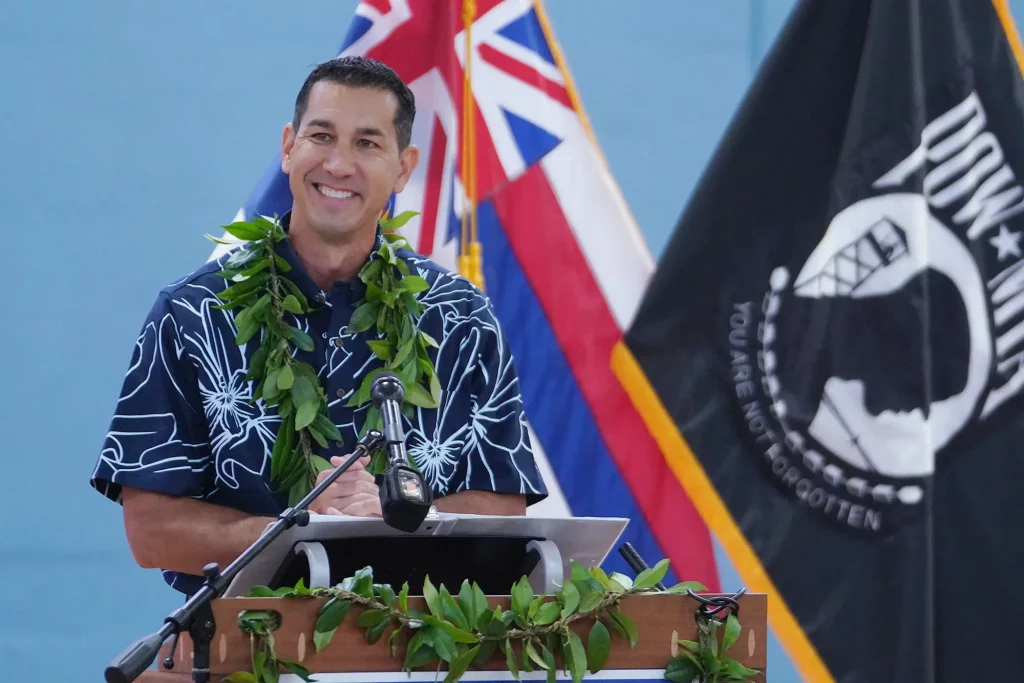
The Council for Native Hawaiian Advancement is completing its two year U.S. marketing contract extension after having successfully demonstrated that Native Hawaiians can market Hawaiʻi a different way. Place-based and indigenous tourism management plans ensure that the malihini who come to Hawaiʻi understand how incredibly special our home is. Tourists are encouraged to engage holistically with our local culture, and as a result have an experience of a lifetime. Our hiking trails, beaches, parks, surfing spots, and diving spots are not over capacity, and tourists navigate our sacred, special places respectfully.
The state has leveraged the full extent of the bipartisan infrastructure law, which provided a once-in-a-generation investment in our infrastructure. Not only did Hawai‘i receive $2.8 billion in allocated, formulaic funds, but the state led the charge in applying for competitive grants which brought additional millions. Vocational trade programs have been established at our Youth Challenge, DOE schools and community colleges, creating a thriving workforce. Across the state, our roads, bridges, internet connectivity, water, and wastewater infrastructure have made visible improvements. Not only is the infrastructure new, but it has increased our resiliency to the ever-increasing environmental stressors we feel from climate change.
Through the administration's leadership, we have also made significant strides towards addressing our housing crisis. We have implemented new state and county policies to disincentivize non-occupied vacation homes, established a vacancy tax, implemented a rent stabilization pilot project, and worked with the military to house more of their personnel on base. We have also begun building truly affordable developments on key state lands, aided by the state providing necessary infrastructure. These successes are guided by two broad strategic plans: one for urban Honolulu, and the other for the rest of the state. Instead of a new stadium at Halawa, 10,000 affordable units have broken ground. Importantly, the $600 million for DHHL has been encumbered and spent down thanks to new DHHL leadership which has experience in building and development.

For our keiki, the public education system has already improved. Thanks to the legislature and leadership from the administration, teachers are finally being compensated what they are due. Step-increases are now based on years of service, and increased pay & benefits have addressed the teacher shortage. In addition, the state has added benefits to the profession of teaching which include housing programs and assistance with student loans. As a result, Hawai‘i is recruiting more of its public school teachers from within our own communities. Our educators, the lifeblood of our public school, are being shown the respect they deserve.
And finally, the state is re-negotiating with the United States military on future state lease lands. Following the successful full-scale defueling and decommissioning of Red Hill, the military has recommitted to being a good tenant in Hawai‘i. Mākua Valley & Dillingham Airfield have been returned to the people of Hawai‘i.
But most importantly, the people of Hawai‘i feel that the government is working for them again. A new era has dawned on Hawai‘i, one that is driven by our diverse local communities and looks brightly to our future. We are no longer selling Hawai‘i to the highest bidder, but rather ensuring that our home will be here for our children. The Kahele administration has elevated the voices and concerns of our working families and communities. Finally, we are building the Hawai‘i we were promised.
As published in the Star Advertiser on July 31, 2022.
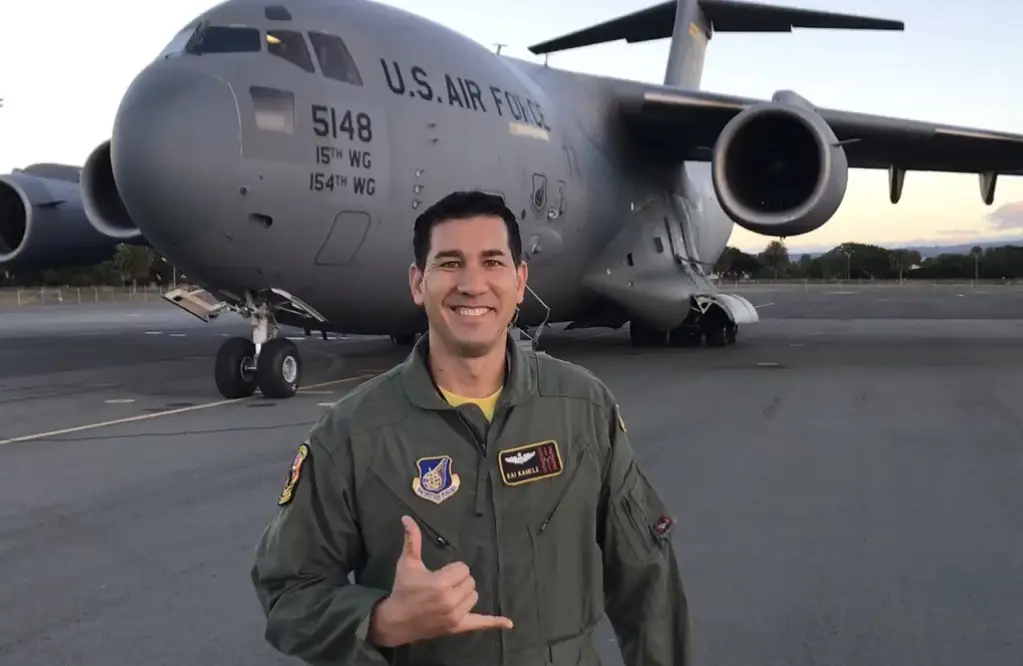
Countdown
August 8, 2026

